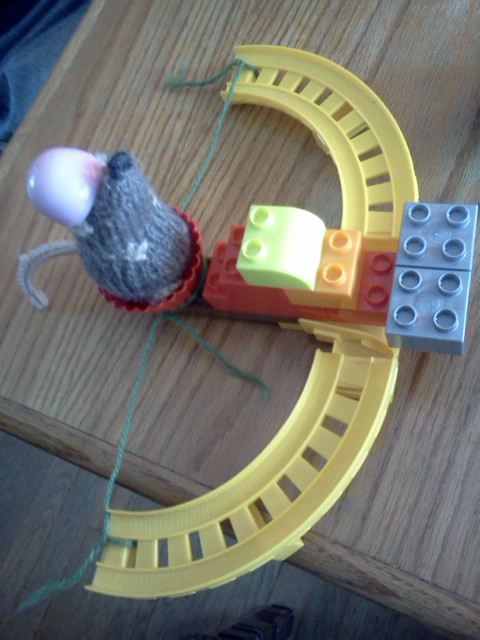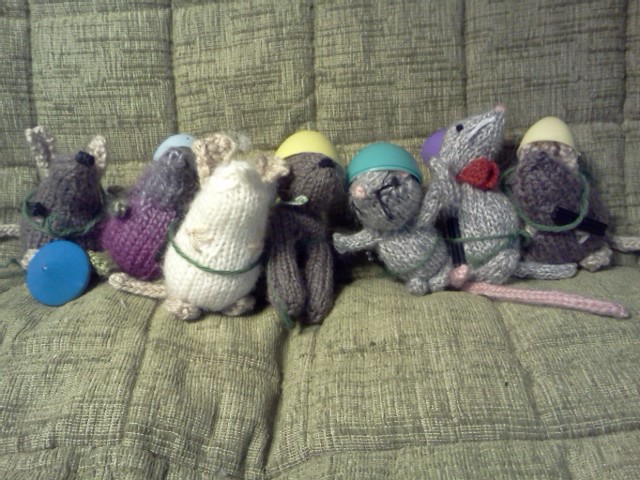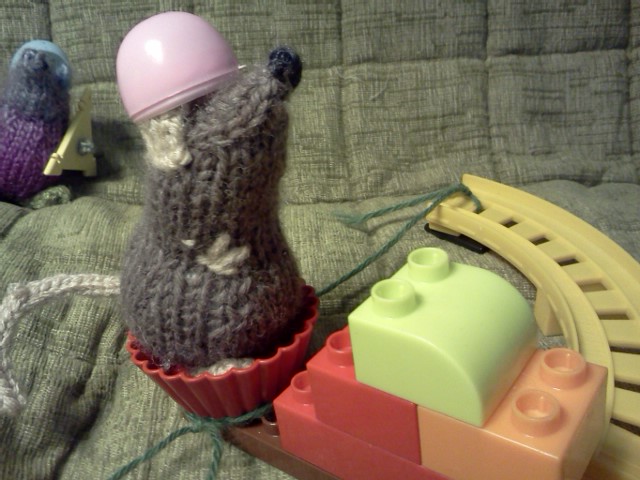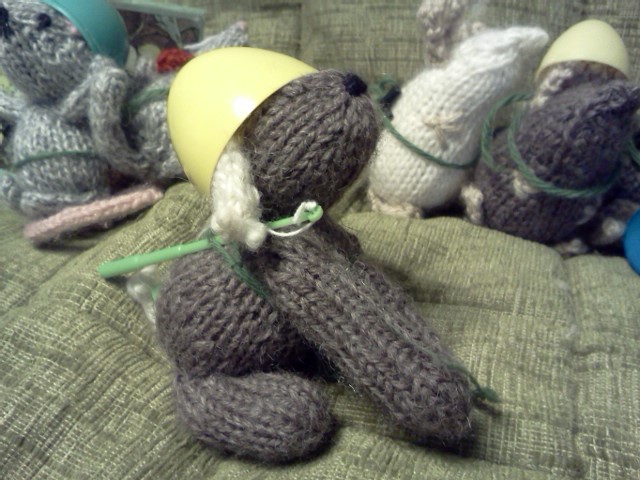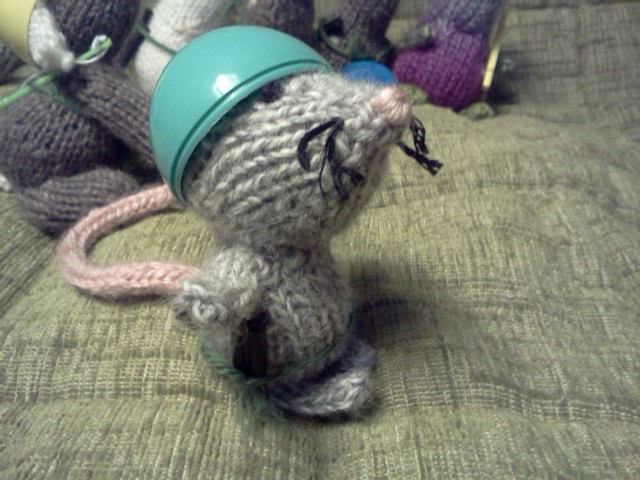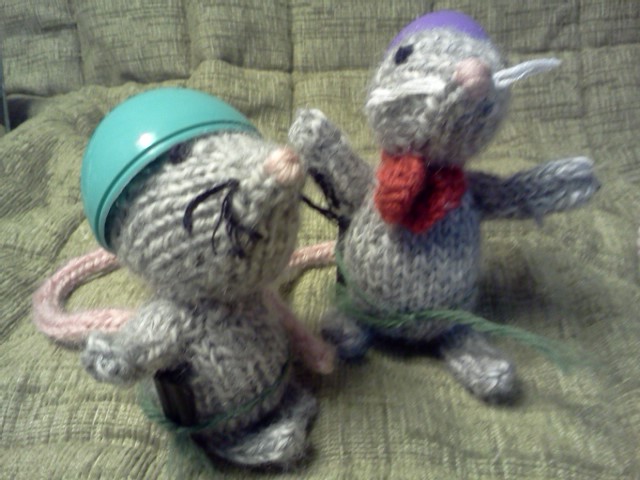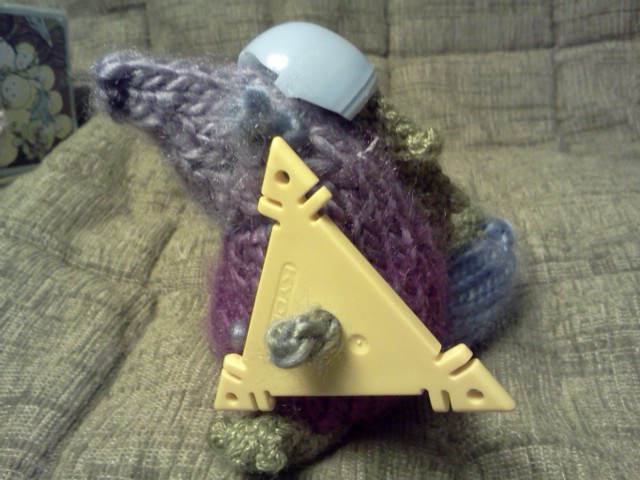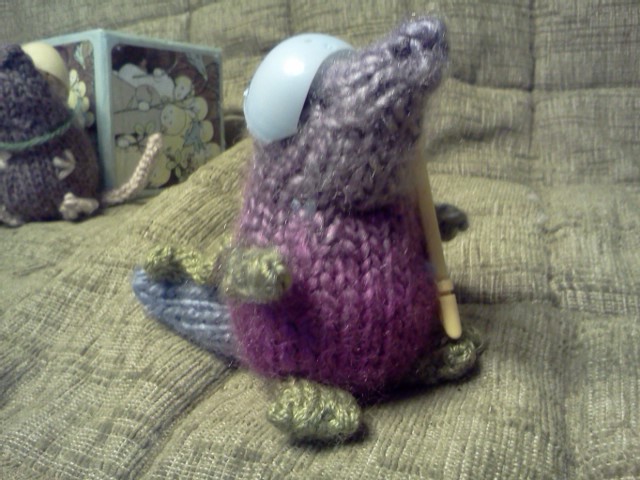A Project for Warmth - written in March of 2004
Father Sun came out on a winter’s day
And melted all the snow away
And called to the flowers, asleep in their beds,
“Wake up! Wake up, you sleepyheads!”
But the flowers stayed snug in their earthy beds
And gently shook their sleepy heads
And said, “Father Sun, don’t tease us so,
We know it’s still winter, and soon again will snow.”
And fast asleep they did go.
And sure enough, the very next day
The Snow King chased
Father Sun away!
In Colorado, the winter temperatures can vary from below zero to the 60’s. As I write this in mid-March, we are having a snow day because of a blizzard that is expected to dump two feet of snow. Five days ago, the temperature hit 78 degrees! It is so difficult it is to know how to dress our children properly! And it is so frustrating to send heavy winter coats only to have the temperature rise to 60 degrees by outside time making it challenging to keep coats on the children when it is too warm for heavy coats and too cold to go without coats! We can also have bitter cold winter days and then we need extra warmth in the classroom as well as outside. Many children do not dress warmly enough.
With these challenges in mind, we embarked on a major project this year: making boiled wool (felted) vests for each of the children in the kindergarten! And the project has had some wonderful “fringe benefits” that we didn’t expect! We started making the vests in November and just now, in March, are we finishing the last two sweaters. It is so wonderful for the children to see this type of purposeful work done day after day (week after week, month after month)! The older children in our class (all boys in our case) were very interested in their vests and did most of the sewing themselves. The younger children played endlessly with our large tin of buttons at my feet. The children have chosen the buttons and pockets for their vests and helped to decorate them. They are so involved in the process, regardless of whether they are actually sewing, looking through buttons, or just seeing us sew day after day, that they really, truly want to wear their vests as often as possible.
As we explained to the families what we were going to do and why we had chosen this project, we realized that it made for very effective parent education. Not only were we talking about it, we were doing something as well. After speaking to the parents about the project, suddenly more children came in wearing undershirts and leggings under dresses!
The first step was to ask each family to send in an old wool sweater. Thrift shops were a good source for these. Specifically, they were asked to send:
A 100% wool sweater, NOT marked washable (not cashmere, either)
Merino wool works very well as does Lamb’s wool and Shetland wool
Ladies medium (this seemed to be the most reliable size)
Pullover, not button-down
Preferably with long sleeves
Fairly tight weave
NOT loose weave, bulky knits
There can be an “all over” color pattern but not a patterned yoke (the pattern will shrink differently)
We did not specifically ask for extra sweaters, they came in anyway —which was good, as shrinking sweaters is not an exact art and it was helpful to have the extras around when one shrunk too small.
I took the sweaters home and washed them in HOT water with a COLD rinse. Then put them in the dryer. If a sweater didn't seem to shrink too much, I put it through again. When all the sweaters had been washed and felted (shrunk), I cut off the sleeves and cut through the middle of the sweater from the collar to the waist. I did NOT do this step in front of the children! With the sleeve material, I cut pockets of all colors. There is also enough material left over to cut into smaller pieces for the children to use for their own sewing projects. No need to worry about the edges. They are felted and won’t fray. The sweaters that shrunk down too small were made up and given to younger siblings. The extra sweaters were all made up and are often used by first graders who need an extra layer. When a sweater just wouldn’t shrink down enough, it was time for some creative alterations. Fortunately this only happened with a couple of sweaters!
In the classroom, we took the vests, one by one, and did a blanket stitch with wool yarn, around all the cut edges. The older children learned to do the blanket stitch themselves, helped by this simple verse:
The silver fish swims through the sea
Catch him in your net, as quick as can be!
But this little fish swims so well,
All we catch is the tip of his tail!
Then came the pockets, chosen by the children, and the buttons, also chosen by the children. The button loops were finger knit and sewn on. And, of course, many embellished their sweaters with extra buttons! When each vest is finished, the child is excited to wear it. One child wore his home under his coat, as he just had to show his father.
Next year we must make hats!
Terri Reinhart
Woodrose Kindergarten
Denver Waldorf School
P.S. The winter storm officially dumped a total of 31 inches of snow in three days! One friend of mine who lives in the mountains got 7 feet of additional snow with this storm! All in time for the first day of spring.

